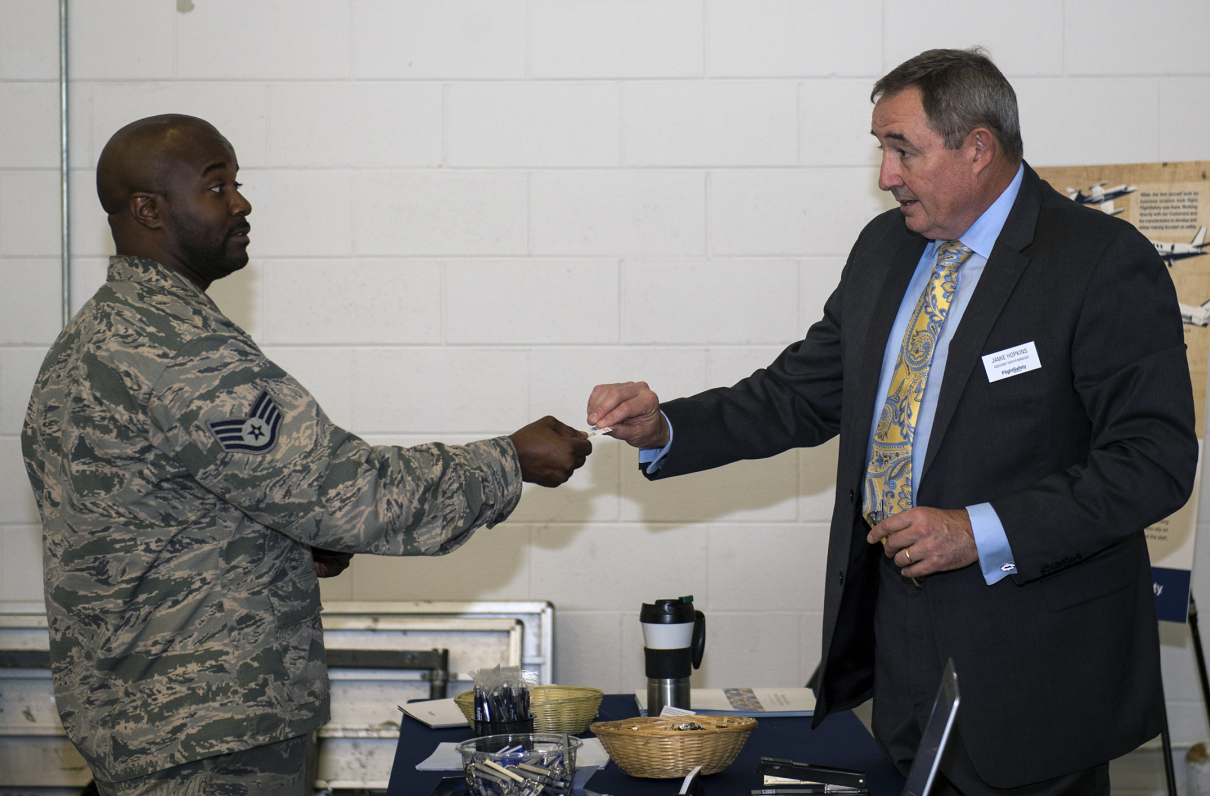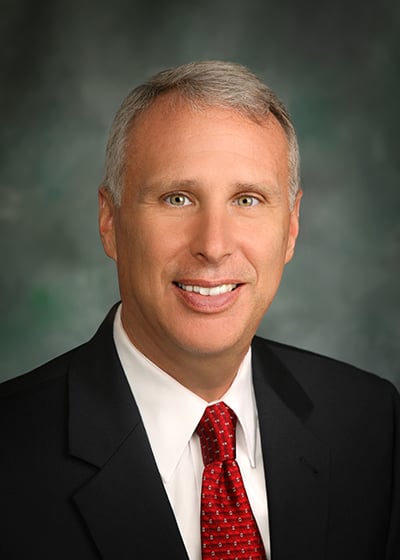Even in the day of LinkedIn, Facebook, and Twitter, business cards still play an important role in professional branding, networking, relationship building, and creating lasting impressions. The key is to understand the etiquette of business cards to maximize success.
Here are a few useful tips for creating and using business cards:
1. Keep it simple. There's no need to make the business card overly complicated with a lot of extraneous information. Basic contact information - name, phone number, and email address, including your customized LinkedIn URL - will suffice. (Learn how to customize your LinkedIn URL and improve your profile.)
2. Use basic card stock. Colorful and glossy business cards might look snazzy, but they can be difficult to write on for the recipient who wants to capture a noteworthy detail from a discussion with you.
3. Whenever you give a business card, ask for a business card. When you get one, don't just take it and place it in your pocket. Make the person feel relevant by looking over their card for a few seconds. Later, write notes on the card such as date, location, and key points of interest.
4. Develop a process to track business cards. You must have some tracking mechanism to manage the cards you give out as well as the cards you receive. Several common online tools can assist with this; the objective is to have a reusable resource, not a forgotten and untouched pile of business cards.
5. Follow up immediately when you receive a card. When you receive a card, it's always best to make a connection with that person within 24 to 48 hours. Send a brief email or LinkedIn request to reinforce their memory of meeting you. It can be as simple as, “Great meeting you at the networking event today! I look forward to meeting for coffee in the near future.”
6. Don't become a one-and-done business card squirrel. After an initial connection, make periodic contact to keep the lines of communication open. Remember, this is all about establishing and then fostering genuine relationships.



